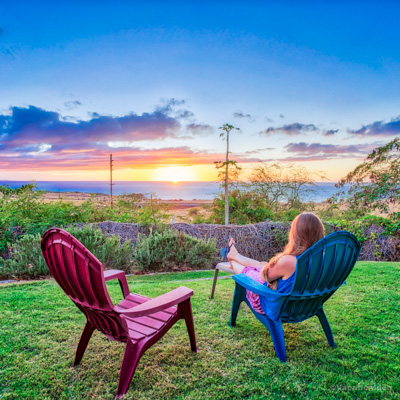Best Romantic Weekend Getaways in South Carolina

Planning a romantic weekend getaway in South Carolina? What a dream... Whether you are looking to walk down Charleston’s cobblestone streets, planning to visit the museums in Columbia, or craving the windswept beaches of the Lowcountry, here are my favorite weekend spots for 48 hours of rest, relaxation and building new memories as a couple. I hope that you will enjoy yourself too.
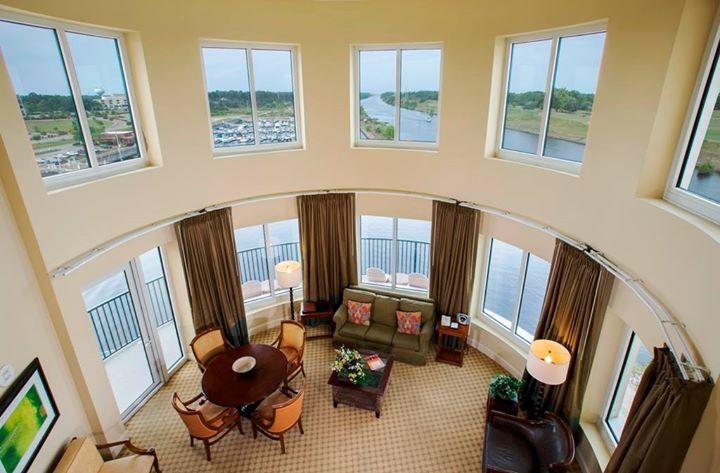
1. Marina Inn at Grande Dunes, Myrtle Beach - 2 hours 10 min from Charleston
I think one of the best things about this resort is how much there is to do without ever leaving! In fact, I thought that Marina Inn at Grande Dunes was one of the best romantic weekend getaways in South Carolina when I moved down South. Why? I love that I can play a round of golf first thing, spend the rest of my morning relaxing in the outdoor pool, have a casual lunch at Reflections Kitchen & Bar, and then take the private beach shuttle to the beach after lunch.
We stayed at in a Standard King Bed guest room (around $137/night) for two days, which featured elegant decor, a balcony with comfortable chairs and a view, and a luxurious bathroom with comfy robes, and since Marina Inn at Grande Dunes won the prestigious AAA Four Diamond award you can consistently expect great service.
To book, check availability or prices for Marina Inn at Grande Dunes.
What I loved best:
In the evening, we had dinner at Waterscapes, their on-site restaurant, which felt like a hidden foodie spot with creative coastal dishes where I savored the Wagyu short rib with roasted garlic potato puree.
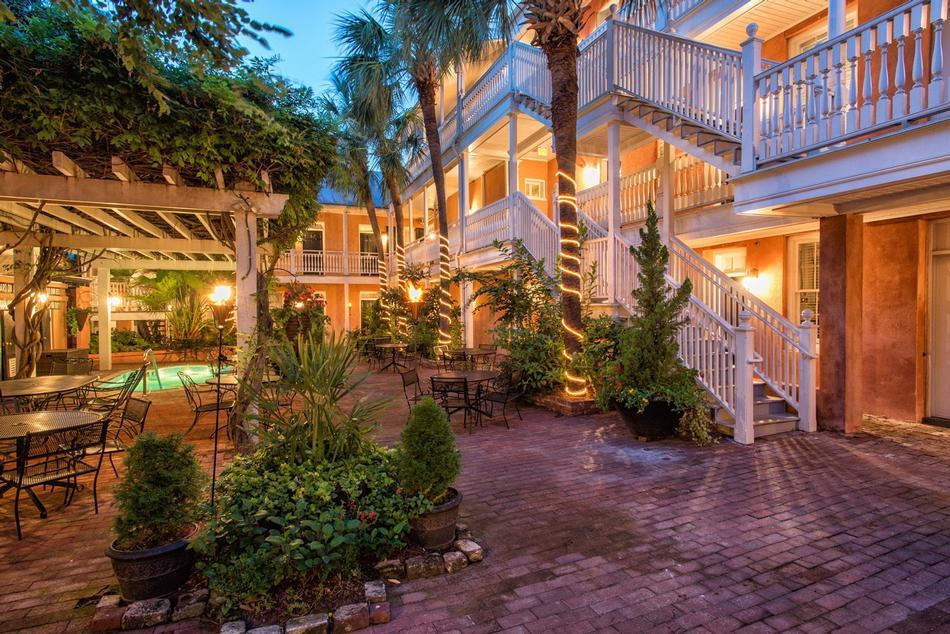
2. The Elliott House Inn in Charleston
This is one of my favorite historic weekend escapes in Charleston, and honestly, it feels like one of the most charming and underrated boutique inns in the South.
I love how it's the kind of place where I can sip wine in a lantern-lit courtyard, wander down cobblestone streets to world-class restaurants in the heart of the Historic District, then unwind in a historic room with just the right touch of modern comfort.
We stayed in the Traditional King Guest Room for two days which had hardwood floors, chic furnishings, a modern bathroom, a spacious armoire, and bright natural lighting.
One of the best perks at The Elliott House Inn is the complimentary continental breakfast delivered straight to your room but I actually preferred making my way to the charming outdoor courtyard. I loved starting my morning there, surrounded by greenery and the sound of the city waking up around me since it felt like my own hidden gem in the heart of downtown.
I found it fantastic that there's so much to see and do nearby, including visiting Rainbow Row, exploring Fort Sumter, strolling through the Charleston City Market, and taking a romantic carriage tour.
Lastly, Charleston is an incredible destination for foodies and not far from the hotel we got a chance to sample many different cuisines, including Southern fare at Lowland, seafood at The Ordinary, and locally sourced vegan food at Sorghum + Salt.
To book, check availability or prices for The Elliott House Inn .
What I loved best:
We went on a Charleston Culinary Tour which gave us a change to sample the best of local flavors, meet local chefs, and hear the city’s fascinating food history.
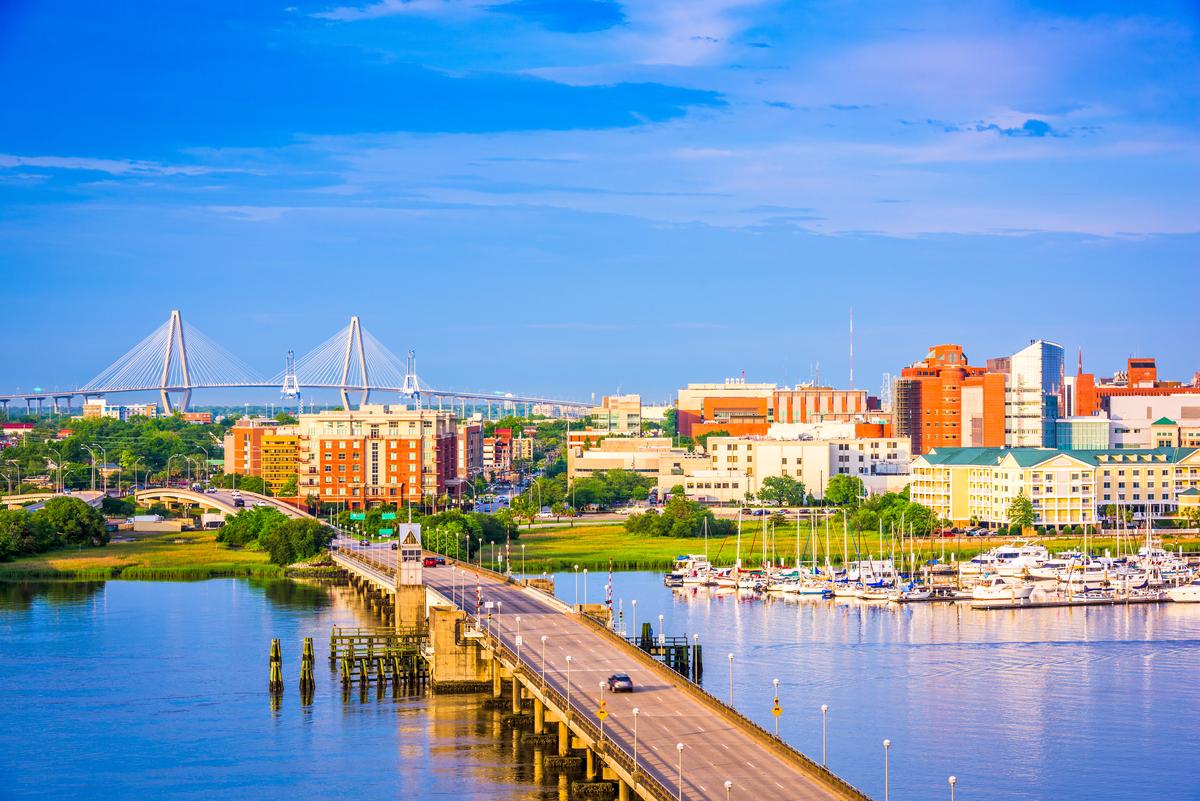

3. Charleston Harbor Resort
This is my top choice for a relaxing Charleston weekend when I just want to relax for 48 hours at a full service resort.
I love that there’s a private beach at Charleston Harbor Resort, multiple harborfront pools, and even a full-service marina, in fact, it's the largest marina in South Carolina!
Tucked on Patriots Point in Mount Pleasant, Charleston Harbor Resort feels like a hidden gem with sweeping views of Charleston Harbor and the city skyline, and it's absolutely one of the best romantic weekend getaways in South Carolina.
We took a quick Water Taxi ride from downtown Charleston and stayed in a spacious harbor-view room for a worry-free 2-day weekend. I enjoyed the classic coastal décor of our room, complimentary WiFi, plush bedding, a modern bathroom, a balcony overlooking the marina, and a Keurig for morning coffee. Waking up to sailboats drifting across the water was a highlight all on its own.
To book, check availability or prices for Charleston Harbor Resort.
What I loved best:
My 60-minute massage at The Estuary Spa was my favorite and greatly contributed to my weekend relaxation.
A downside? Keep in mind you’re not staying in the historic centre of Charleston, so you'll need a water taxi, shuttle or car to reach it!
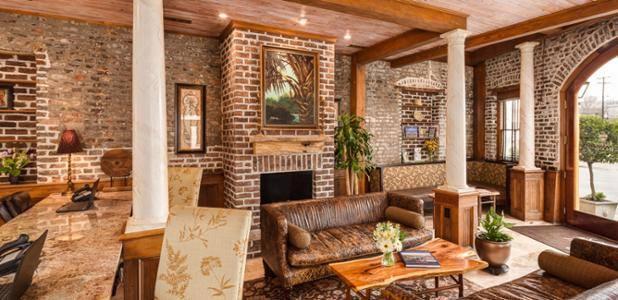
4. Andrew Pinckney Inn in Charleston
For more fantastic weekend ideas in the heart of Charleston, look no further than this historic inn. I loved how Andrew Pinckney Inn gave us that quintessential Charleston experience with its centuries-old architecture, a breezy breakfast on the rooftop terrace, and a convenient location just a short stroll to the Charleston City Market.
I stayed in a Traditional King Guest Room for two days, with crisp white linens, shutters, and thoughtful touches like a Keurig coffee maker, plush bathrobes, and locally crafted bath products.
To book, check availability or prices for Andrew Pinckney Inn .
What I loved best:
The view of the historic district rooftops and church steeples from the rooftop terrace at the inn was pure Lowcountry magic.

5. Hotel Trundle, Columbia - 2 hours from Charleston
This was one of my favorite boutique weekend stays in South Carolina, a hidden gem that captures the heart and soul of Columbia.
I think it's one of the best weekend getaways in South Carolina. Why? Firstly, the hotel sits within three beautifully restored downtown buildings, and you can feel the love and creativity poured into every detail.
In addition, it’s the kind of place where I can sip locally roasted coffee in the lobby, browse works by South Carolina artists, then wander through the nearby Main Street shops, all without ever needing to get into my car.
My stay in Hotel Trundle's Deluxe King room for two nights featured plush bedding, high ceilings, and thoughtful extras like custom furniture, a locally made bath set, and a mini-fridge stocked with regional treats.
Finally, Hotel Trundle is ideally located just steps from the Columbia Museum of Art, the State House, and some of the best restaurants and cafés in the city.
To book, check availability or prices for Hotel Trundle.
What I loved best:
What I love most is that the hotel is independently owned and proudly showcases its South Carolina roots, from locally made furnishings to artwork by regional artists. Staying here feels like supporting the community while also enjoying one of the best boutique experiences in the South.
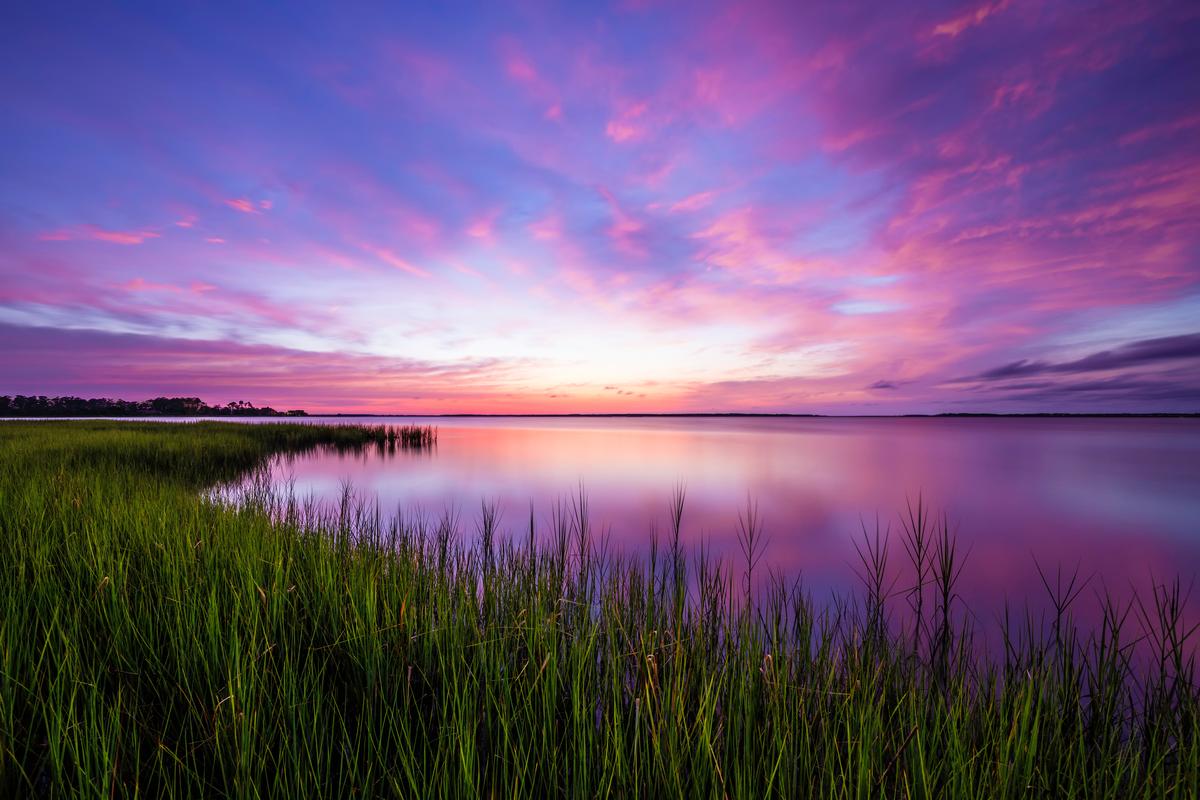
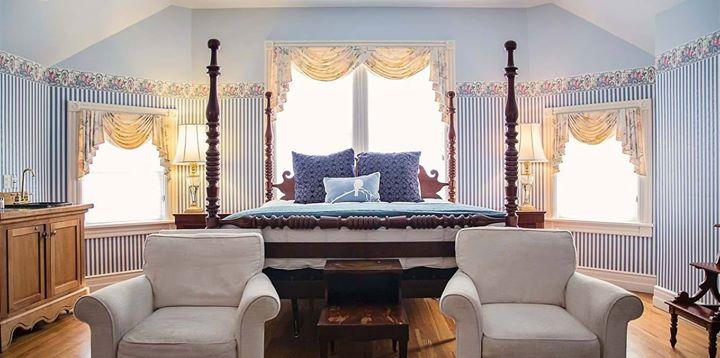
6. The Beaufort Inn - about 1.5 hours from Charleston
This town is one of my go-to spots when I want a mix of history, scenery, and pure relaxation. In fact, this unique place captured everything I love about the Lowcountry with its moss-draped oaks, colorful verandas, and Southern gentility all in one charming place.
We stayed in a garden cottage for 3-day long weekend and enjoyed the incredibly comfortable bed and rocking chairs on the porch with hydrangeas blooming in the spring. Our cottage had high ceilings, antique-style furnishings, and a bathroom that was spa-like, with a clawfoot tub.
To book, check availability or prices for The Beaufort Inn .
What I loved best:
For me, The Beaufort Inn is one of the best romantic weekend getaways in South Carolina because it's peaceful, centrally located and romantic!
One of the best parts is its location just steps away are the waterfront park, art galleries, boutiques, and some of Beaufort’s best restaurants like Saltus River Grill where I had great sushi, and Breakwater Restaurant & Bar where I ordered stuffed mushrooms and lamb meatloaf.
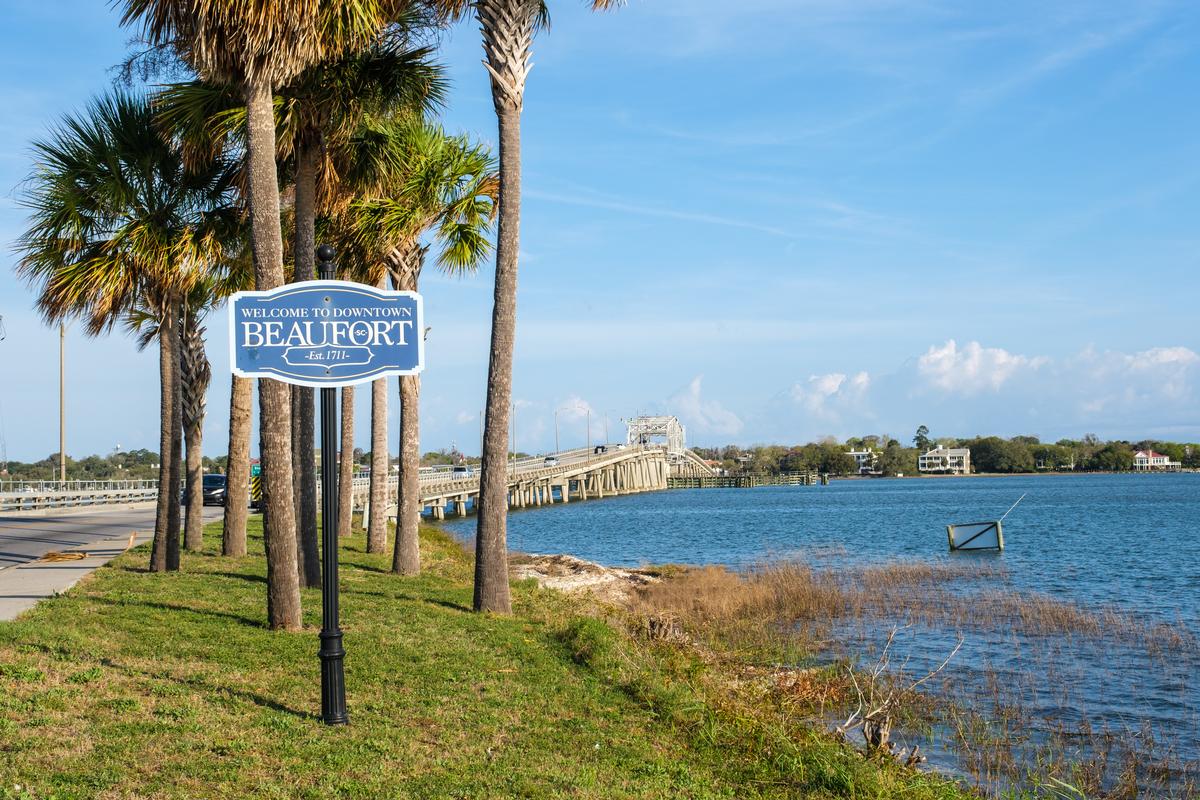
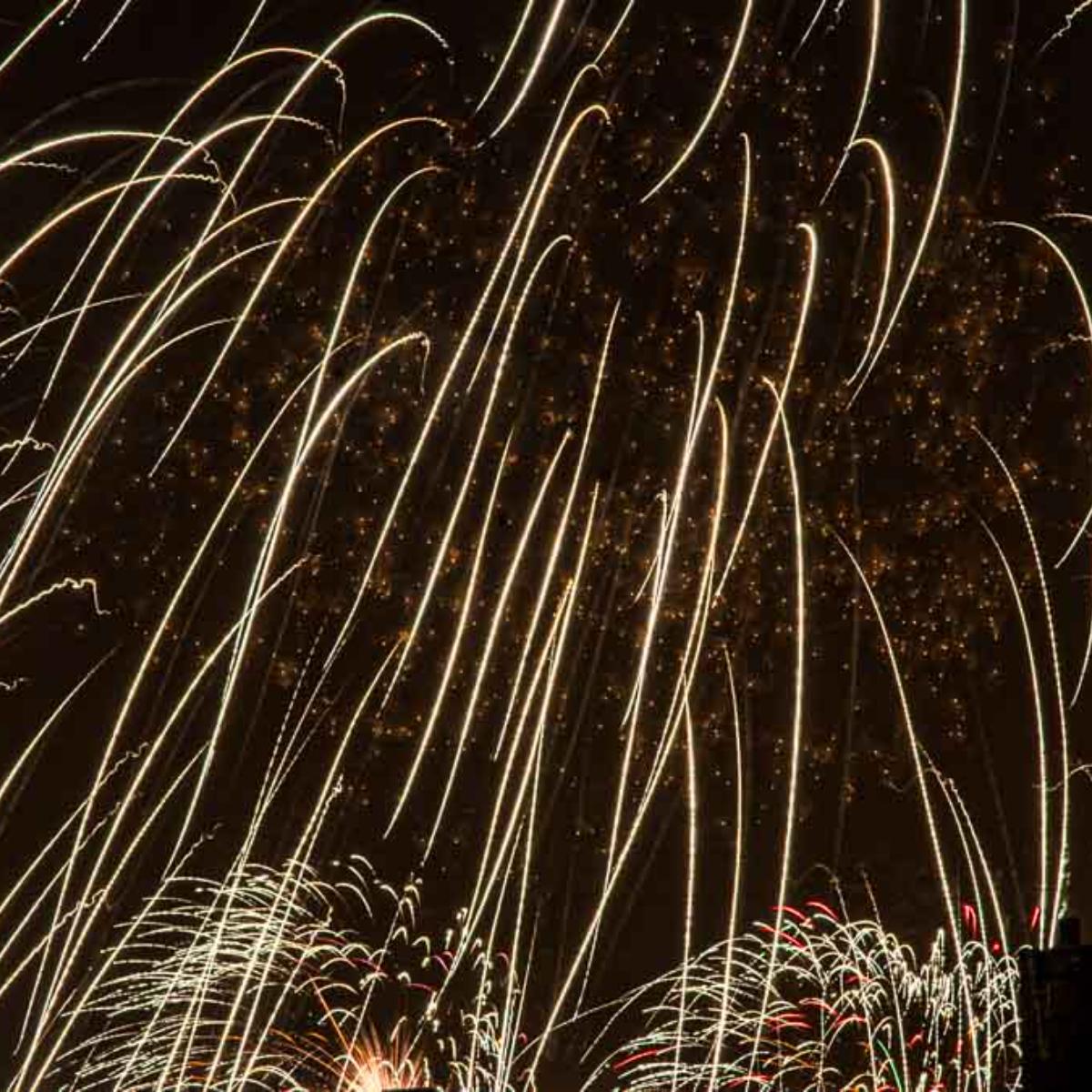
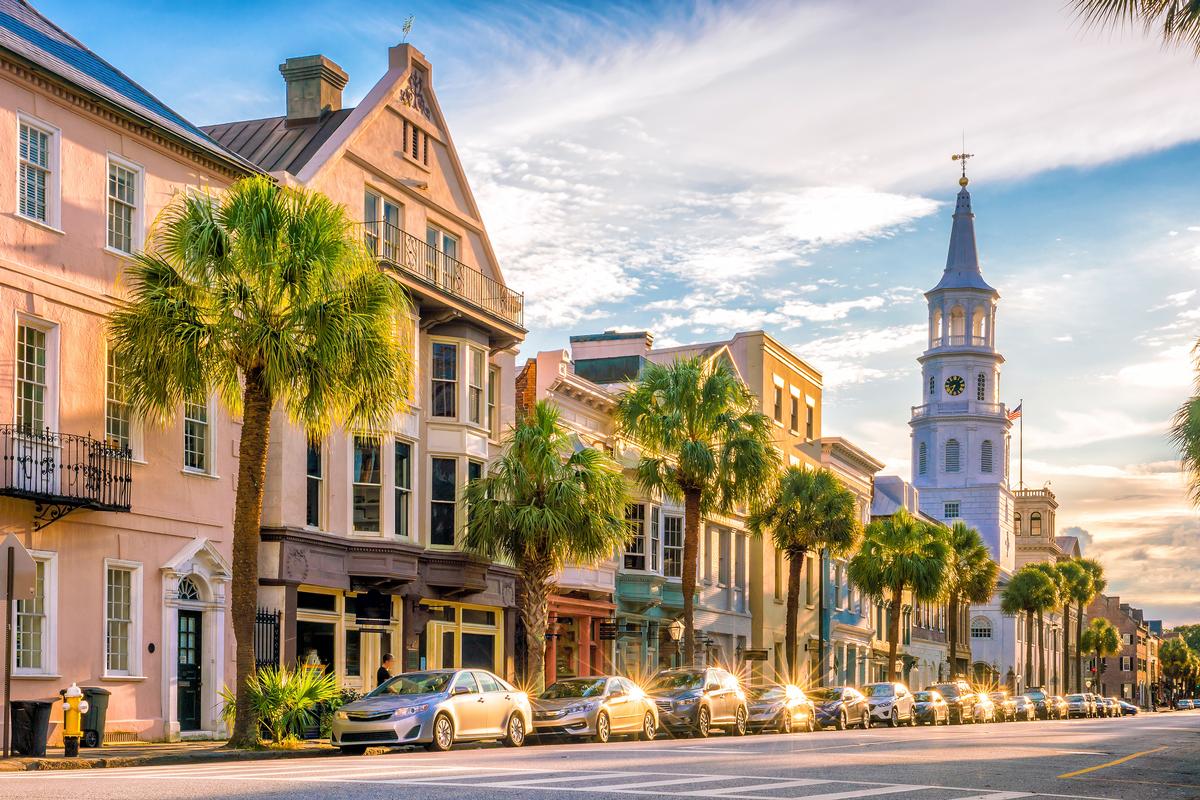
Booking Checklist
1. Book Your Flight - I use Expedia because I like their mobile app with my itinerary. They've helped me re-book flights on many occasions. Once you reach their Gold tier, support is especially good.
2. Book Your Hotel - I use Booking.com or Expedia, depending on my destination.
3. Book Your Rental Car - I use Expedia.
4. Book your tours on Viator or Get Your Guide.
5. If you are planning to visit more than three national parks in the next 12 months, buy the America the Beautiful Pass.
